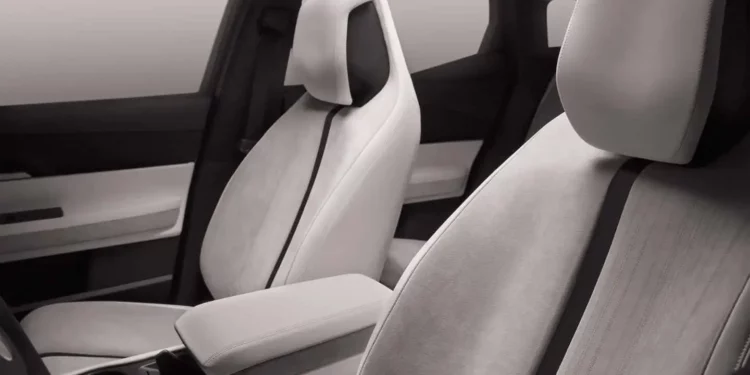California-based EV startup Fisker debuted its first car–the Ocean SUV–with much fanfare and high hopes. But recent developments such as failing to deliver more than half of last year’s inventory and a preliminary investigation from the National Highway Traffic Safety Administration (NHTSA) regarding braking issues cast a shadow over the company’s hopes of building a reputation for making good cars.
That said, Fisker sold almost 5,000 cars last year, and one of those EVs went into the hands of an American customer who drove 4,000 miles in his new electric crossover and filmed a video documenting his experience so far.
Get Fully Charged
Fisker Ocean owner tells the good and the bad
The Fisker Ocean is a rare sight on the streets of the world, with fewer than 5,000 having been delivered so far by the California-based EV startup, so it’s hard to know how the EV performs in the long run. But a recent owner video published on YouTube shows what the car has been like to live with for the past 4,000 miles.
Published on the Ocean1 YouTube channel, the ownership recap after 4,000 miles driving a Fisker Ocean starts with the negatives, of which there are surprisingly few.
The front-most rear mudflaps didn’t stay in their place and had to be ripped out by the owner because they rubbed against the tires and made some nasty noises while driving down the road.
The next con is more of an annoyance than anything else, as the key fob sometimes doesn’t unlock the car. However, the owner points out that it’s not necessarily a flaw but rather a design choice, as the car goes to “sleep” after a while. So the solution is to press the unlock button once, wait four seconds, and then press the button again. If that still doesn’t work, for whatever reason, the key fob can be placed next to the driver’s door handle, and the car will instantly recognize the key and lock or unlock the doors.
Another issue was that, at first, the car’s software was a bit slow, according to the owner, but the latest over-the-air update carrying the version number 1.11 has apparently improved things dramatically. The previous version, 1.10, fixed the blended braking issue that prompted the NHTSA to begin an investigation, according to the company.
23 Photos
The digital radar system is still not working, meaning that radar-based adaptive cruise control is not available yet. For now, Fisker Ocean owners can only use regular cruise control, which is not exactly mind-blowing considering there are cars half the price of the Ocean that have cruise control and, probably more importantly, people already paid for radar cruise control but can’t use it.
Taking all of this into consideration, these are all the cons that this particular owner has to report about the Fisker Ocean after driving it for 4,000 miles. Seeing how just the absence of adaptive cruise control is actually a minus, as the software thing has apparently been fixed, and the way the key fob works is more of an adjustment than anything else, we’d say that’s not bad at all. Even the Tesla Cybertruck, which is currently more expensive than the Fisker Ocean, doesn’t have a working Autopilot system.
On the positive side, the owner says that he loves the power delivery of the EV and that the handling is “incredible.” The person holding the camera admitted at one point in the video that he used to drive a Honda Ridgeline, which is known in the industry as providing car-like handling in a pickup shape thanks to its coil-sprung suspension, so take that as you may.


2023 Fisker Ocean interior with white seats
Comfort-wise, the front seats don’t have lumbar adjustment but the owner says that even with a bad back, he didn’t feel like he needed extra comfort. The fabric that covers the seats also helps keep people in place because the texture of the fabric prevents sliding.
The driving range is also worth mentioning because, as the owner says in the video, he managed to travel 382 miles with 90% of the battery and still had 43 miles remaining, according to the trip computer. That’s impressive, considering the EPA rating of the Fisker Ocean One is 360 miles.
As for the charging experience, he mentions that the electric crossover doesn’t seem to go up to 32 Amps when connected to a Level 2 charger (240 volts) as advertised. However, the charging speeds aren’t so bad, with up to 6.3 kilowatts from a home charger, so about 26A at 240V.
When connected to a DC fast charger (Level 3), he saw speeds of up to 190 kW but only at a state of charge (SoC) below 30%. Once the battery level goes over that threshold, he says that the car slowly cuts the charging speed to about 120-130 kW, which is just half the advertised maximum rate of 250 kW.
Go ahead and watch the video embedded at the top of this page and let us know what you think in the comments below.










